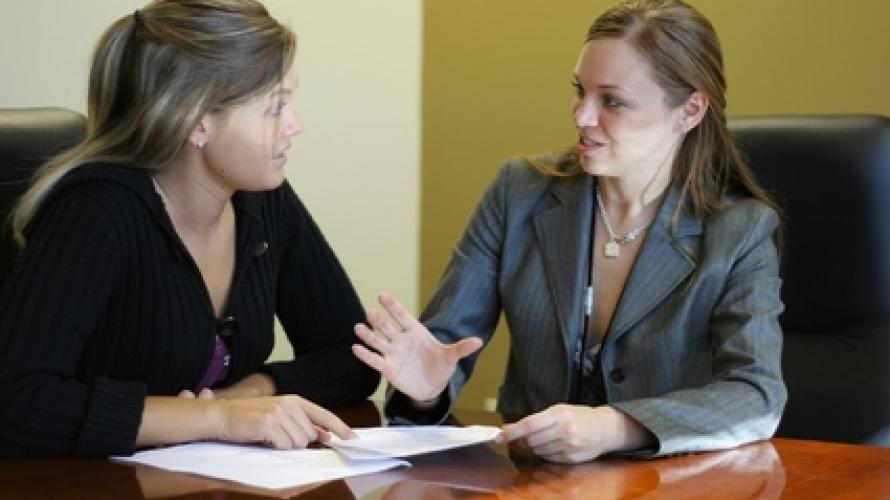
What is the study about?
This study compared samples of participants from the Life Impact Burn Recovery Evaluation (LIBRE) Profile to the scores of a sample of people from the general U.S. population. The LIBRE Profile is a well-established item-response theory-based assessment that includes six domains (i.e., categories). This study focused on the Work and Employment domain, which is important for assessing burn survivors’ social participation during the recovery process. Reintegrating into the workplace is a key outcome for burn survivors, however little is known about how this happens.
What did the study find?
Researchers found that there was higher social participation in the burn sample than the general population sample. They also found that social participation scores were higher in the working burn survivor group than the non-working burn survivor group.
Who participated in the study?
The study included 601 burn survivors (320 employed, 281 unemployed) and 2,000 U.S. residents (1,101 employed, 899 unemployed).
How was the study conducted?
Researchers compared family and friends, social activities, and social interaction scores among working vs non-working burn survivors and the general population sample.
How can people use the results?
Burn survivors and their families can use these results to improve their knowledge in the importance of social participation and the effects it can have on burn survivor employment outcomes. Researchers and clinicians can use these results to further explore factors that mediate higher social participation scores, which could help in the development of interventions for burn survivors.
Reference
Saret, C. J., Pengsheng, N., Marino, M., Dore, E., Ryan, C. M., Schneider, J. C., & Kazis, L.E. (2019). Social participation of burn survivors and the general population in work and employment: A life impact burn recovery evaluation (LIBRE) study. Journal of Burn Care & Research, 40(5), 669-677. [https://pubmed.ncbi.nlm.nih.gov/31069384/]